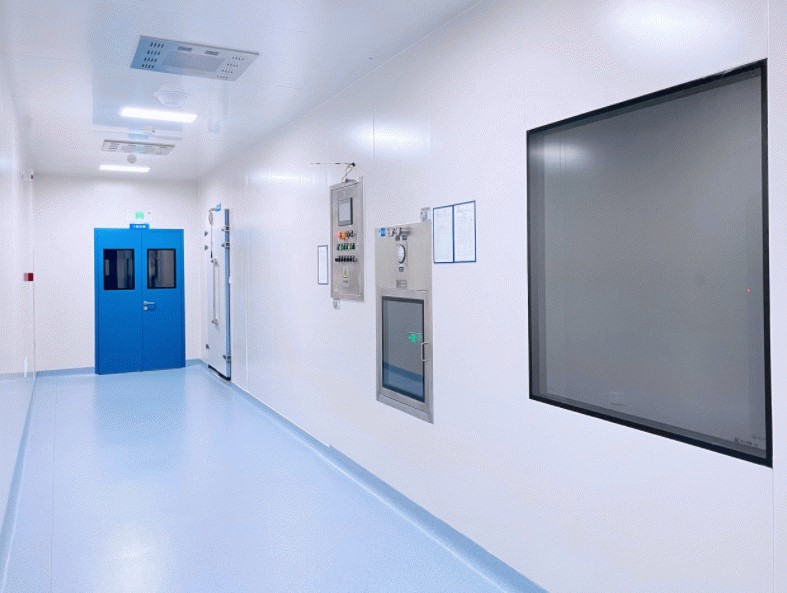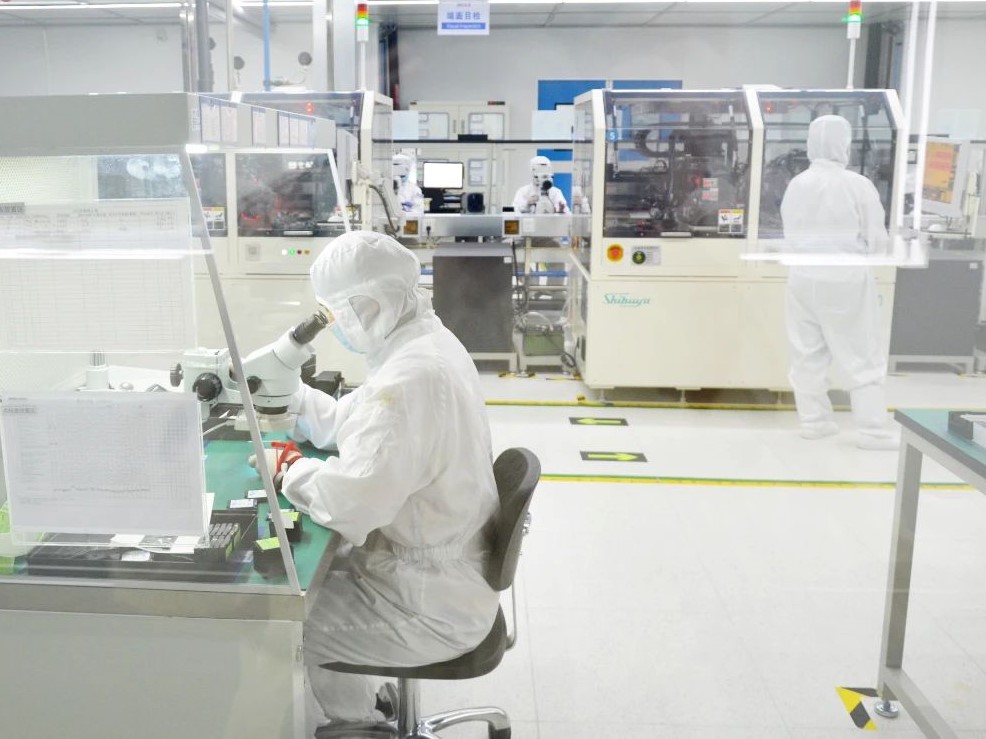In recent years, due to the COVID-19 epidemic, the public has a preliminary understanding of the clean workshop for the production of masks, protective clothing and COVID-19 vaccine, but it is not comprehensive.
The clean workshop was first applied in the military industry, and then gradually expanded to fields such as food, medical, pharmaceutical, optics, electronics, laboratories, etc., greatly promoting the improvement of product quality. At present, the level of clean room project in clean workshops has become a standard for measuring a country's technological level. For example, China can become the third country in the world to send humans into space, and the production of many precision instruments and components cannot be separated from clean workshops. So, what is a clean workshop? What is the difference between clean workshop and regular workshop? Let's take a look together!
Firstly, we need to understand the definition and working principle of a clean workshop.
The definition of a clean workshop: A clean workshop, also known as a dust free workshop or clean room, refers to a specially designed room that removes pollutants such as particles, harmful air, and bacteria from the air through physical, optical, chemical, mechanical, and other professional means within a certain spatial range, and controls indoor temperature, cleanliness, pressure, airflow velocity, airflow distribution, noise, vibration, lighting, and static electricity within a certain range of needs.
The working principle of purification: airflow → primary air treatment → air conditioning → medium efficiency air treatment → fan supply → purification pipeline → high-efficiency air supply outlet → clean room → removing dust particles (dust, bacteria, etc.) → return air duct → treated airflow → fresh air airflow → primary efficiency air treatment. Repeat the above process to achieve the purification purpose.
Secondly, understand the difference between a clean workshop and a regular workshop.
- Different structural material selection
Regular workshops do not have specific regulations for workshop panels, floors, etc. They can directly use civil walls, terrazzo, etc.
The clean workshop generally adopts a color steel sandwich panel structure, and the materials for the ceiling, walls, and floors must be dust-proof, corrosion-resistant, high-temperature resistant, not easy to crack, and not easy to generate static electricity, and there should be no dead corners in the workshop. The walls and suspended ceilings of the clean workshop usually use 50mm thick special color steel plates, and the ground mostly uses epoxy self-leveling flooring or advanced wear-resistant plastic flooring. If there are anti-static requirements, anti-static type can be selected.
2. Different levels of air cleanliness
Regualr workshops cannot control air cleanliness, but clean workshops can ensure and maintain air cleanliness.
(1) In the air filtration process of the clean workshop, in addition to using primary and medium efficiency filters, efficient filtration is also carried out to disinfect microorganisms in air, ensuring the air cleanliness in workshop.
(2) In clean room engineering, the number of air changes is much larger than in regular workshops. Generally, in regular workshops, 8-10 air changes per hour are required. Clean workshops, due to different industries, have different air cleanliness level requirements and varying air changes. Taking pharmaceutical factories as an example, they are divided into four levels: A.B.C.D, D-level 6-20 times/H, C-level 20-40 times/H, B-level 40-60 times/H, and A-level air velocity of 0.36-0.54m/s. The clean workshop always maintains a positive pressure state to prevent external pollutants from entering the clean area, which is not highly valued by regular workshops.
3. Different decoration layouts
In terms of spatial layout and decoration design, the main feature of clean workshops is the separation of clean and dirty water, with dedicated channels for personnel and items to avoid cross contamination. People and objects are the largest sources of dust, so it is necessary to fully control and remove pollutants attached to them to avoid bringing pollutants to clean areas and affecting the purification effect of clean room projects.
For example, before entering the clean workshop, everyone must undergo shoe changing, changing clothes, blowing and showering, and sometimes even taking a shower. Goods must be wiped when entering, and the number of workers must be limited.
4. Different management
The management of regular workshops is generally based on their own process requirements, but the management of clean rooms is significantly more complex.
The clean workshop is based on regular workshops and strictly handles air filtration, supply air volume, air pressure, personnel and item entry and exit management through clean workshop engineering technology to ensure that the indoor temperature, cleanliness, indoor pressure, airflow speed and distribution, noise and vibration, and lighting static control are within a specific range.
Clean workshops have different specific requirements for different industries and production processes, but they are generally divided into class 100, class 1000, class 10000, class 100000, and class 1000000 based on air cleanliness.
With the development of society, the application of clean workshops in our modern industrial production and life is becoming increasingly widespread. Compared to traditional regular workshops, they have very good high-end effects and safety, and the indoor air level will also meet the corresponding standards of the product.
More green and hygienic food, electronic devices with further improved performance, safer and hygienic medical devices, cosmetics in direct contact with the human body, and so on are all produced in the clean room project of the clean workshop.


Post time: May-31-2023

